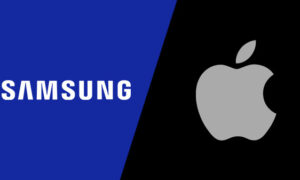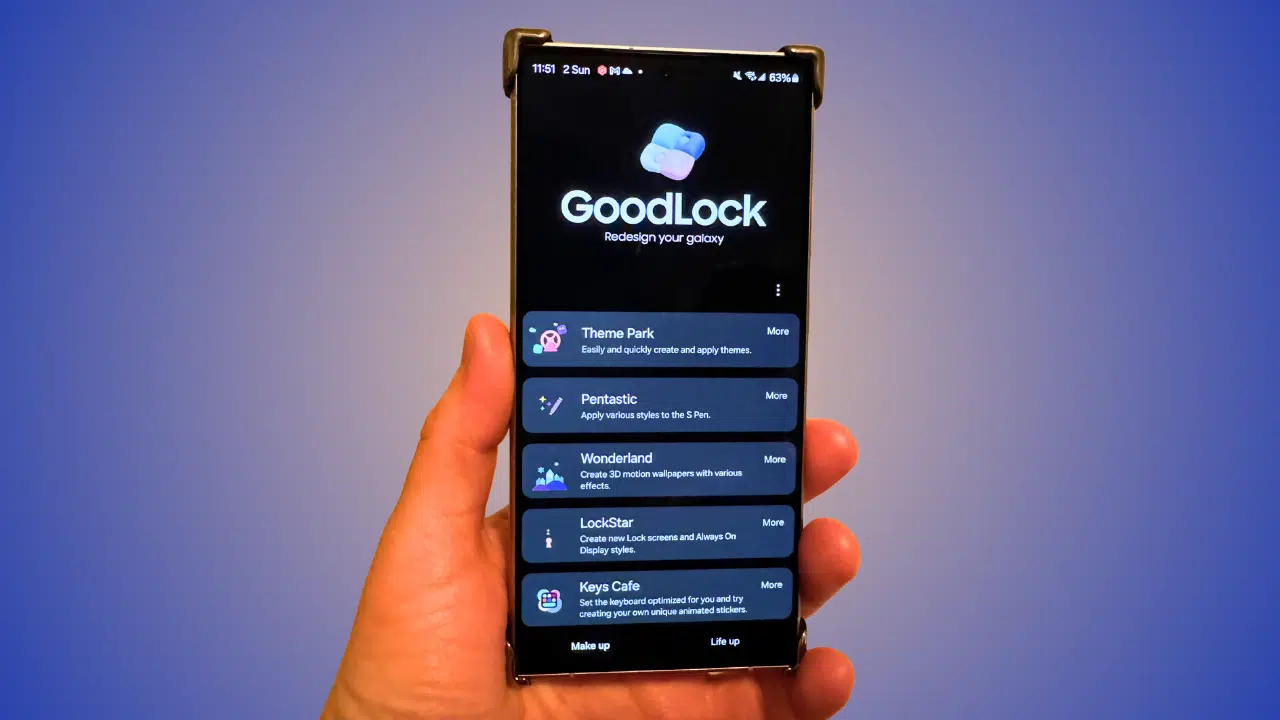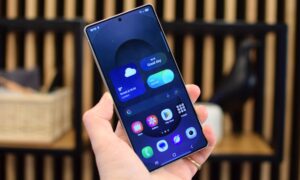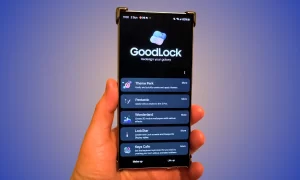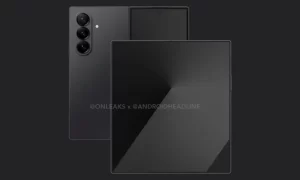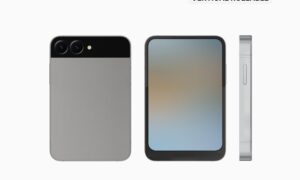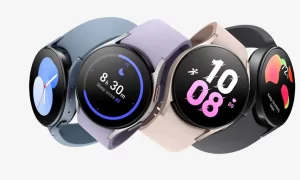Apple filed a patent application in the United States Patent and Trademark Office (USPTO) entitled ‘Photodetector integrated into a thin film transistor backplane’. The patent application revolves around combining cameras and depth sensors.
Biometric sensors and other sensors are placed behind the display camera, depth sensor, etc. The patent application suggests that Apple may be studying the Face-ID and Touch ID in the display.
In the patent application, Apple inadvertently revealed that its devices can use sensors in the display. As Apple explains: ‘Many electronic devices today contain sensors, including smartphones, computers (such as tablets or laptops).

Wearable electronic devices (such as electronic watches, smartwatches or health monitors), Game controllers, navigation systems (such as car navigation systems or robot navigation systems) and other electronic devices.’
Therefore, this technology seems to be designated for iPhone, iPad, and Apple Watch. If this is not enough to convince you that Apple is developing Face ID in the display, there is a sentence in the patent application: “The photodetector array… can be configured as a front camera, a biometric sensor, or a facial recognition sensor.
Apple stated this can be achieved ‘alone or in combination with other sensors.’ The same technology can be used by Apple to give an in-display version of Touch ID.
The patent application also claims that the technology described in the patent can be used to collect biometric information, like fingerprints, palm prints, 3D facial scans, or retinal scans that can be used to identify or authenticate users.
By moving these sensors below the display, Apple will be able to eliminate bangs on future iPhones. In addition, Apple can also reduce the frame size of the iPhone and iPad.
Apple filed the patent application on July 31, 2020, and the United States Patent and Trade Office (USPTO) announced the patent today. Of course, like a patent, the technology may not be commercially available.
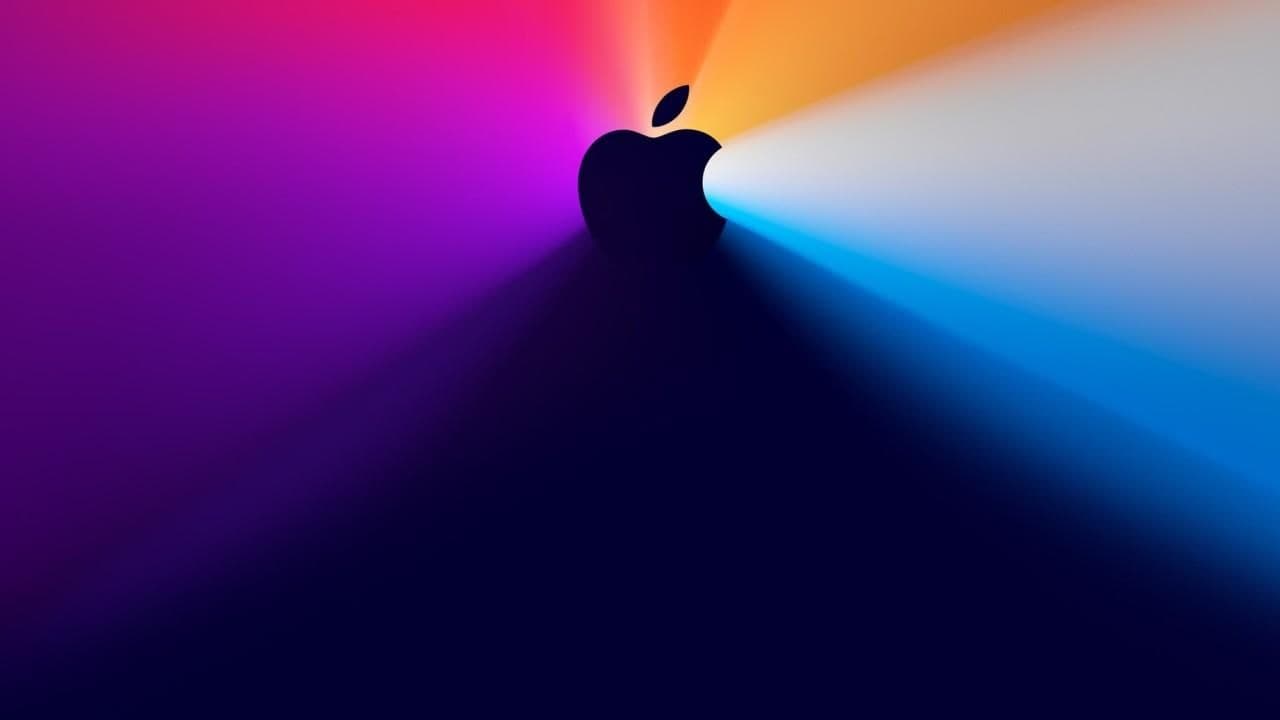
(Via)


